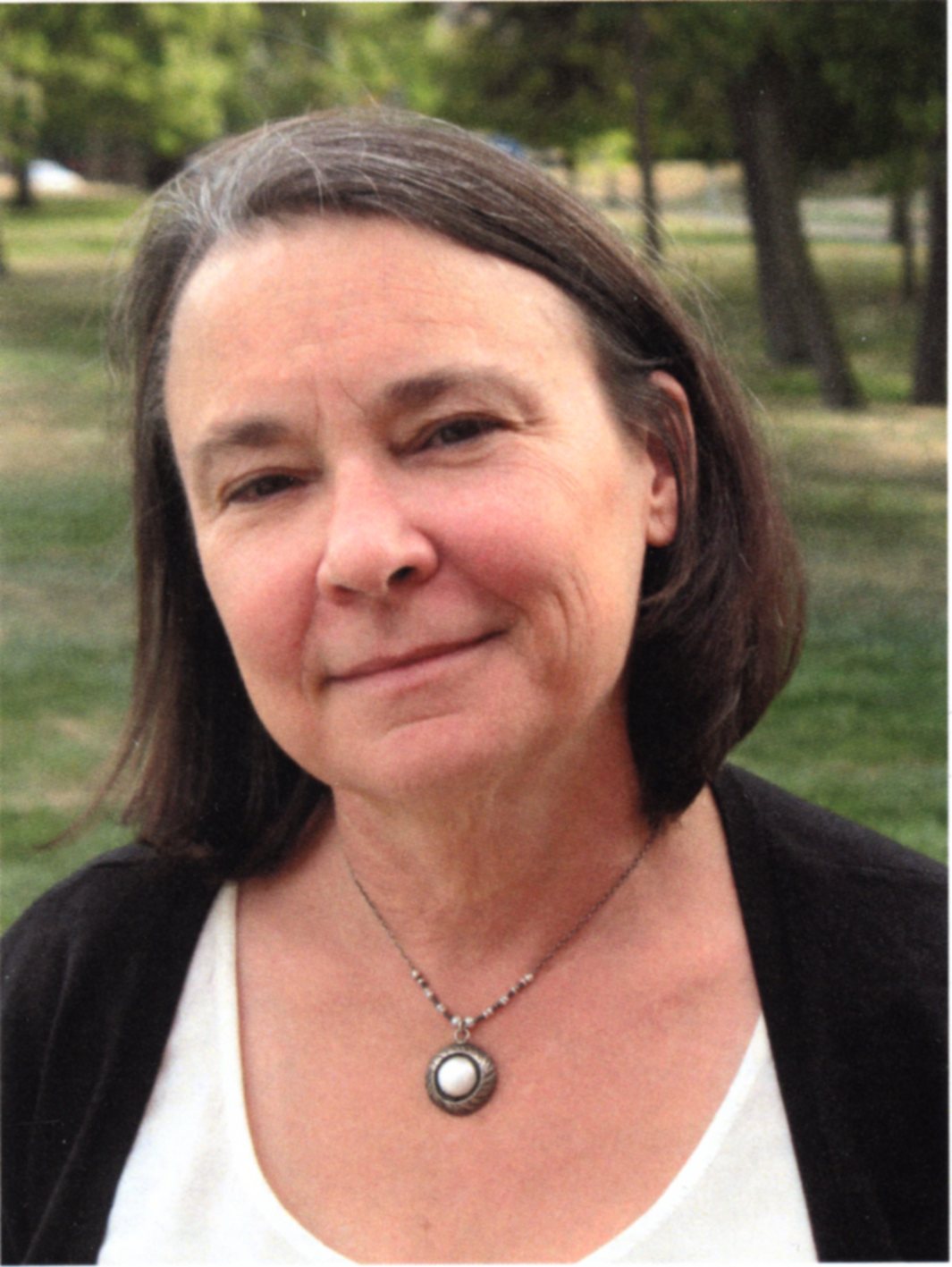Over the last few years i’ve found a place for some of my jazz poems at JerryJazzMusician.com, a hand-built enterprise that offers a wide array of music-inspired study, commentary, history, and creative production. See the editor Joe Maita’s recent interview with Glenn Mott, who edited a collection of Stanley Crouch’s previously uncollected essays and critical pieces, Victory is Assured. (I wrote about Crouch’s book for KC Studio last September-October.) All well and good, but I thought it might be a decent idea to round up some of my poems that Joe has published. Given that my poetry practice remains mostly a private affair, I’m grateful for the outlet.
Piano
“In the creative state a man … lets down as it were a bucket into his subconscious…”
—E.M. Forster
.
Taking Forster’s bucket
into the unknown
like Keith Jarrett
in Bremen sailing
into pianissimo
pedals and digits and the dust
of oblivion all summoned
to transform silence
into a path where
bees sting where
hearts bleed where
buckets slosh and spill
torqued with bop and bounce,
they teeter back toward
stillness.
……………………..first published in New Letters
The Night I Heard Mose Allison Sing
Was in 1984, not yet 20 years after
I’d first heard that Southern drawl, soft
as cotton or Mississippi silt,
and those plaintive and wacky blues
lyrics that floated out of my little radio
in the night air.
But now, in the heart of the country,
Mose was looking academic, his gray hair
and beard neatly trimmed. He wore
a seersucker jacket.
At the piano, with a local bass player
and drummer I knew,
Mose first launched into a boogie-woogie
rhythm, with slightly skewed riffs, just
off balance. There was a maelstrom of
notes in double time, and I wondered,
as those sounds reached my ears, if I could characterize
it all as Looney-tunes meets Fats Waller meets Chopin.
Or maybe just Waller and Chopin, piano stars
of equal stature, I’d say.
Fifteen minutes into the piece, he shifted
to a darker place, then back to this
orchestral craziness. (Do you remember
this, Bob Bowman, deep in your string bass
aural archive? Would your fingers ever
recognize that jazz abandon again?)
Then we applauded Mose’s ear for a great
song, Percy Mayfield’s “Lost Mind,” and
I can still hear Mose sing, “If you would be so
kind as to help me find my mind…”*
After another offbeat tune,
Mose slowed down to sing
“Everybody’s Cryin’ Mercy,”
which speaks to us today
in the darkness: “people
running round in circles,
don’t know what they’re heading for.”*
I could name all of the songs he played,
because just now I found the notebook
where I wrote it all down, his tributes
to Duke Ellington, Willie Dixon
and the lesser-known Johnny Fuller,
a blues man who came out of Mississippi,
landed in Oakland and within 12 months
of this glorious Mose night
would be dead at an age we all hope to live past.
It looks like I must have written down
all the words, as Mose sang them, of “How
Much Truth,” not
knowing then one iota of what I know
30-plus years later about truth and whether
the world is “left without its daydream…
threatened by the works of man…Destined
for the frying pan.”*
Mose, dead now just one month
at the age of 89, took his piano
to the edge of chaos
more than once that night. That’s what
we live for, the truth and transformation
in music, crystalline moments that help us find
our lost minds and deliver meaning
in the love and the mist.
.
Quoted lyrics by Percy Mayfield (“Lost Mind”) and Mose Allison (“Everybody’s Cryin’ Mercy,” “How Much Truth”)
.
by Steve Paul
Body And Soul
The jazz man spoke
of his ancestors, the
lineage that brought
him to where he is.
Do not shine your
light on yourself, he
told the students
gathered around.
Honor the past,
honor the trials
of simple existence,
honor the pain and
blood that came
before you, and the
greatness that grew
despite all of that.
When he riffed
on “Body and Soul,”
the sounds coming
from all his circuits,
darting in and hinting
at the melody as we
knew it, reshaping,
and making the song his
own body in the moment,
his soul saxed message
was obvious, went
straight to the
heart and the blood.
.
by Steve Paul; in tribute to Logan Richardson
The Horn
The neighbor with
a trumpet stumbles
through “Watermelon
Man” on his porch,
an act to mitigate
loneliness perhaps
to reach beyond
the distance of
homeboundedness
“Lean on Me,” he
tries, knowing
we’ve lost the
songwriter who
made it an anthem
the notes skitter
around Withers’
melody like scouts
on a mission
securing the
perimeter,
protecting the
body and its
fragile
hymn.
.
by Steve Paul
Three Tiny Poems
Nutty
The twirler, the plinker-plunker
be minor, be diminished,
be neither of those things,
the waking, the daily glories,
the human scales
and ache-y arrows to heart, to ear,
I dream of Monkishness supreme
.
Ornithology
Bird call this morning is alto-sax heir of
that Bird, jabs and run-ons and then a melodic line
flits in again;
outside, the sun: dog on a leash,
finches galore stab at seeds,
everyone wonders
what else is there?
.
Havana Vibes
A conga player collides with “Pork-Pie
Hat,” the woman vibist fists two mallets,
follows bandmates into a driving, propulsive sound—
her stance languid, lanky, her long arms made moreso
as she stares into the music, now a Cuban bounce
thick like picadillo with piano and drums one on top of the other,
her mallets fly above like lightning bugs in the night.

